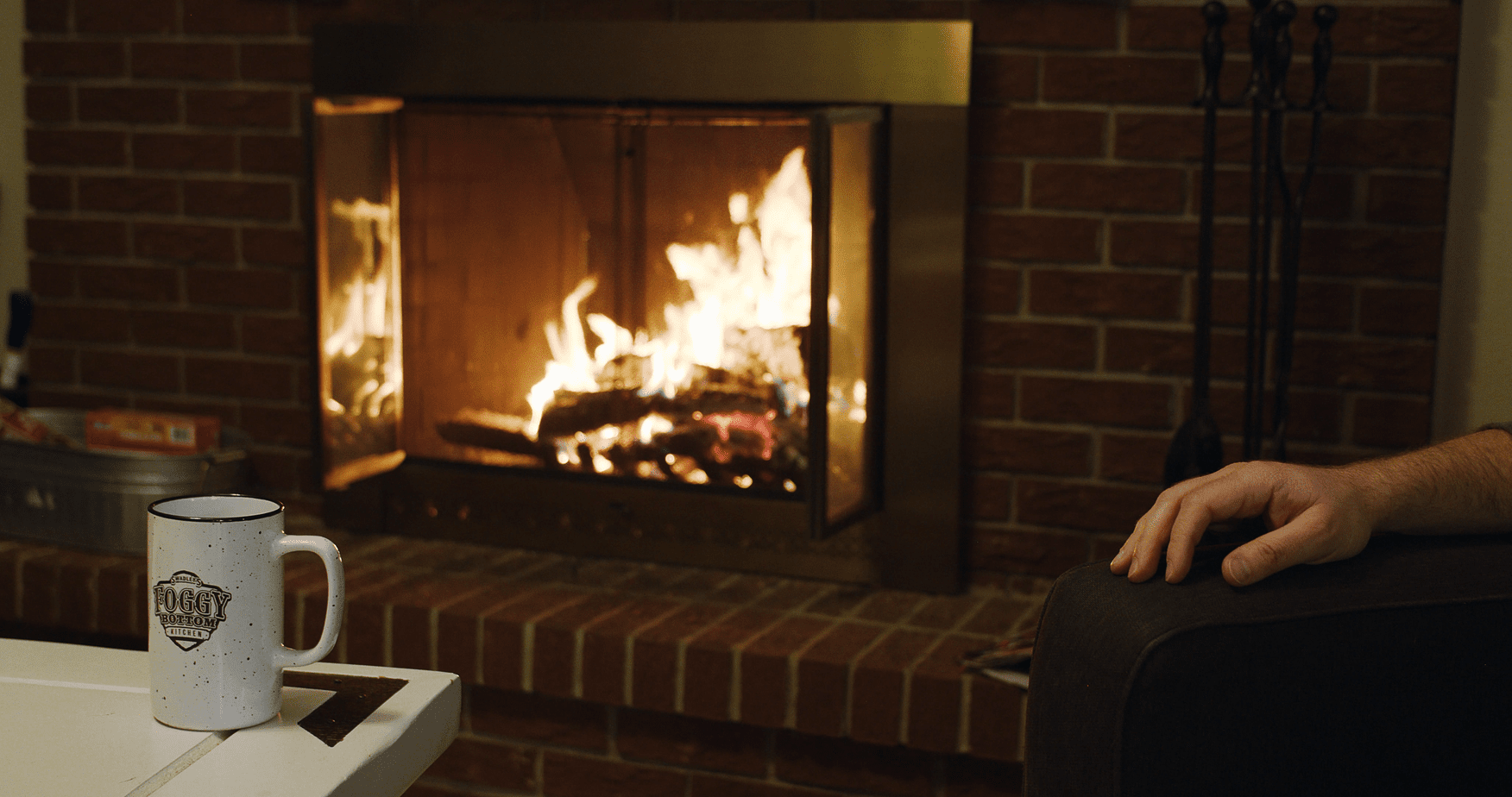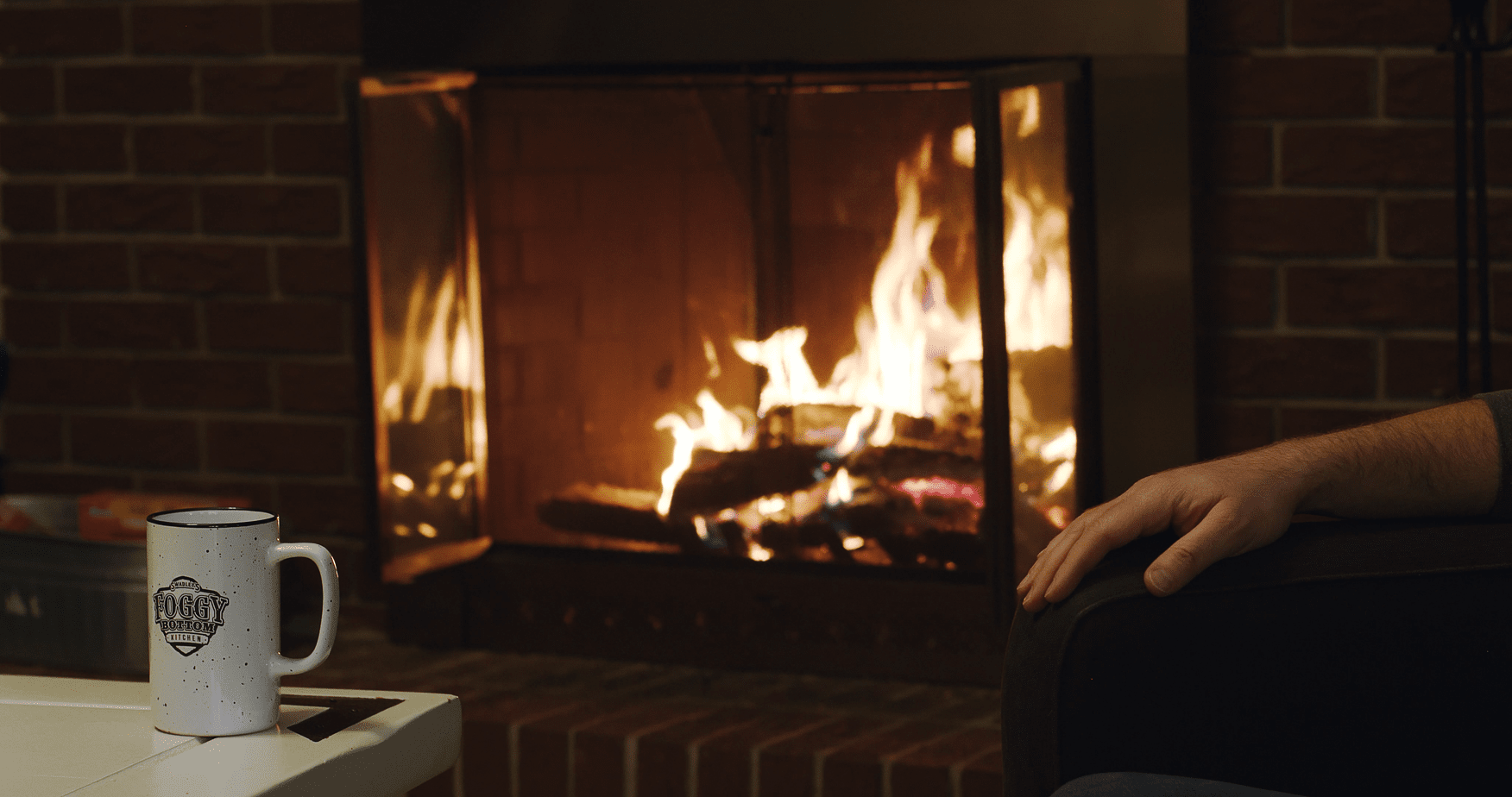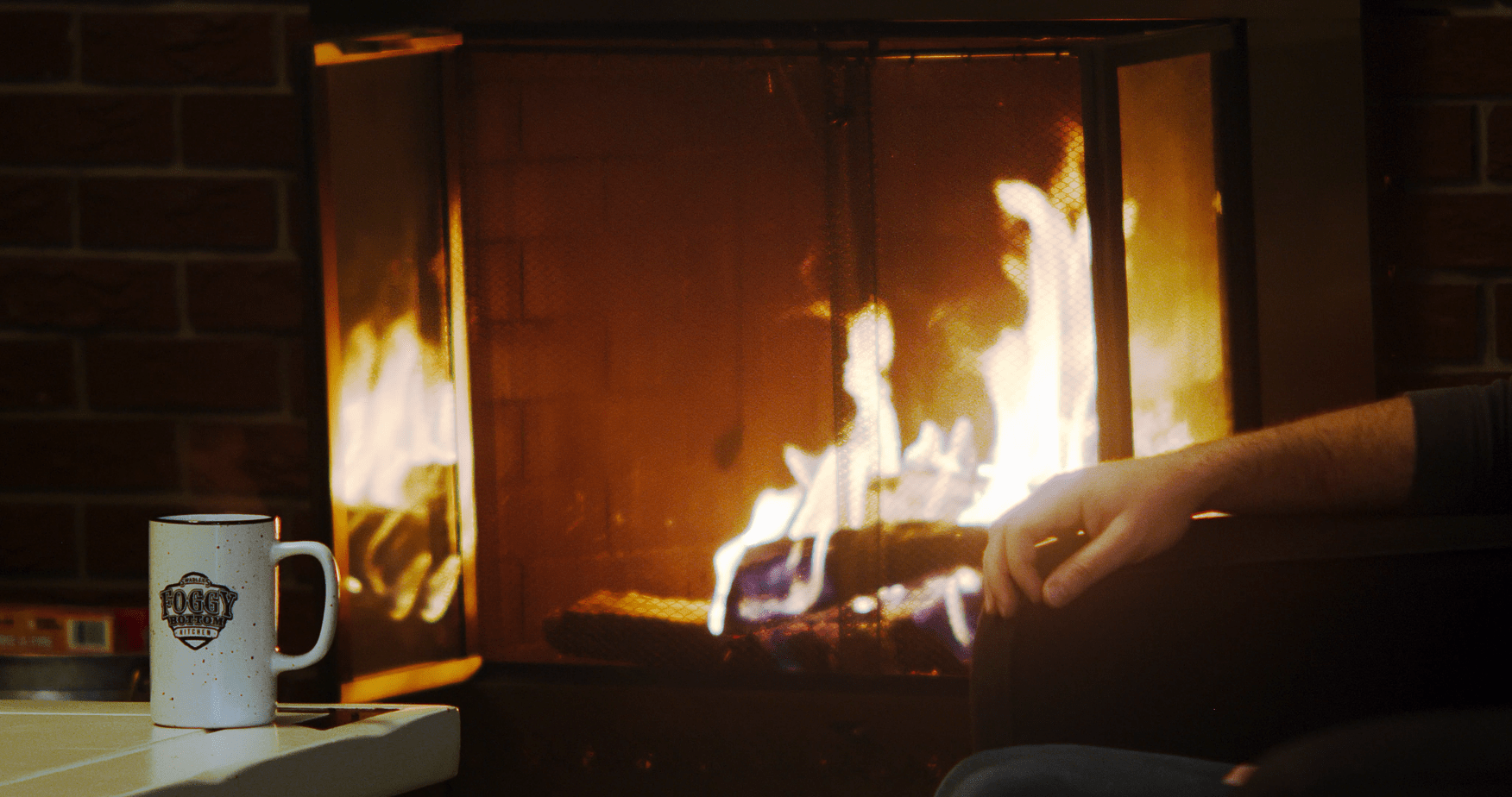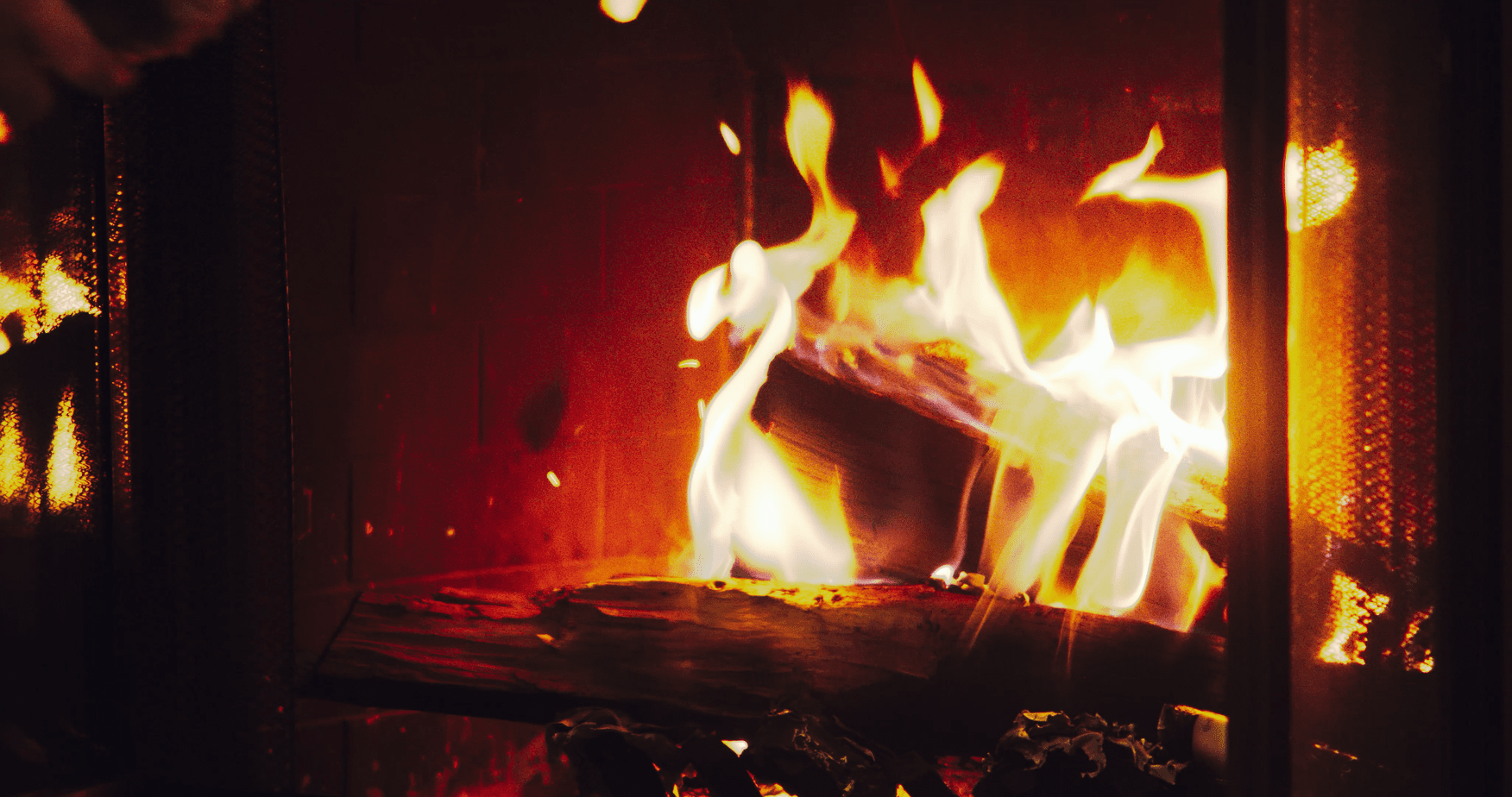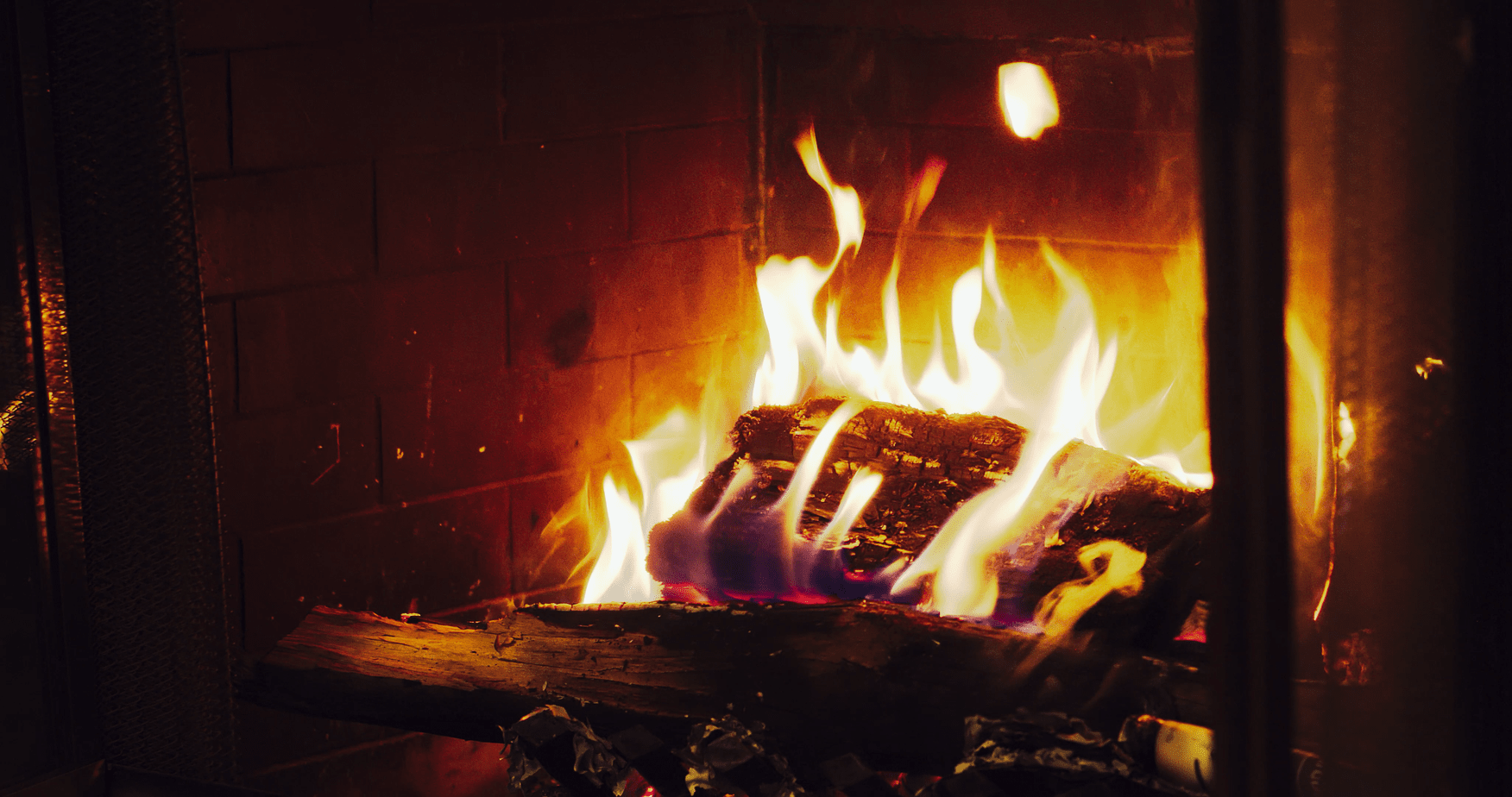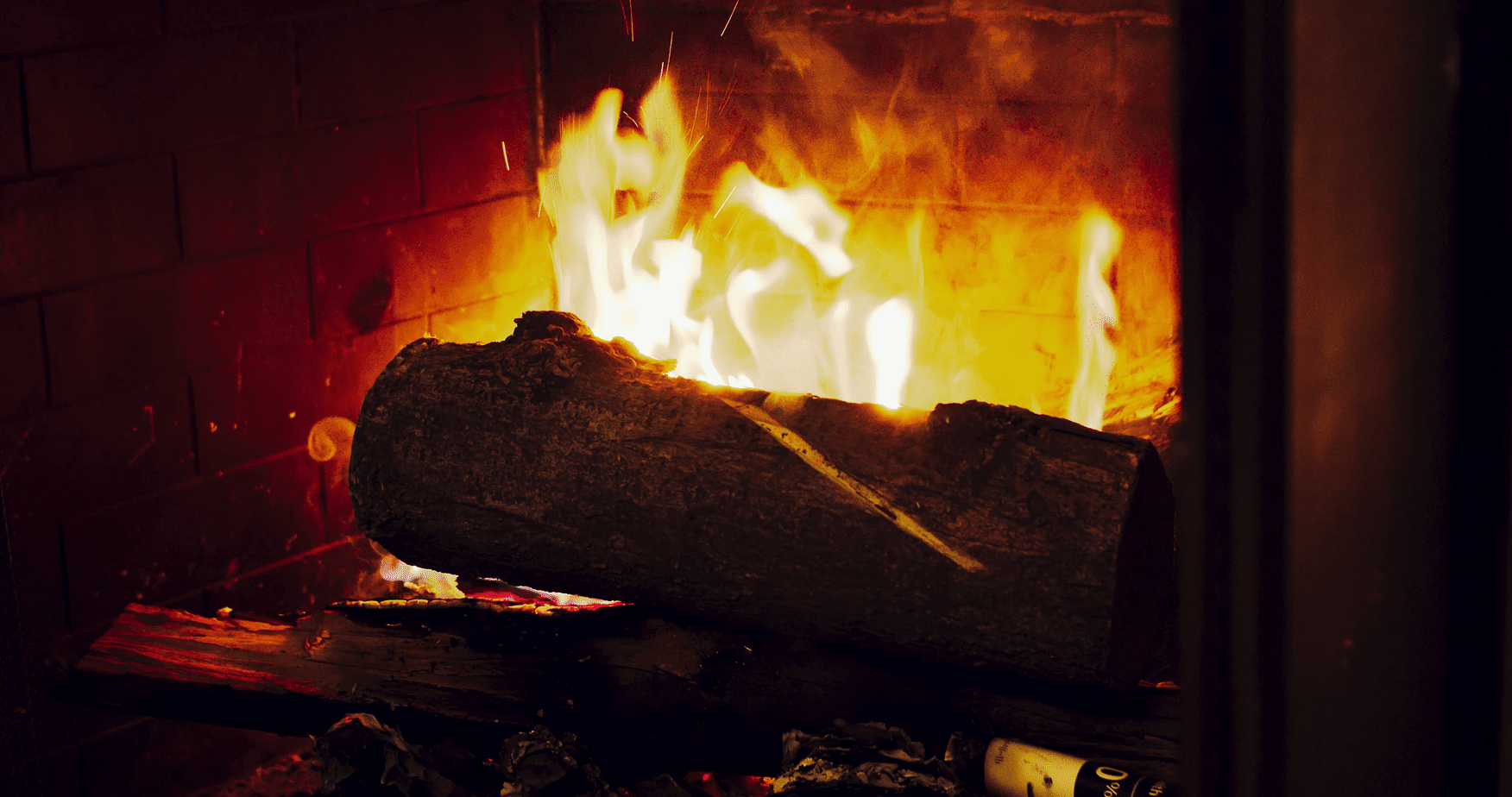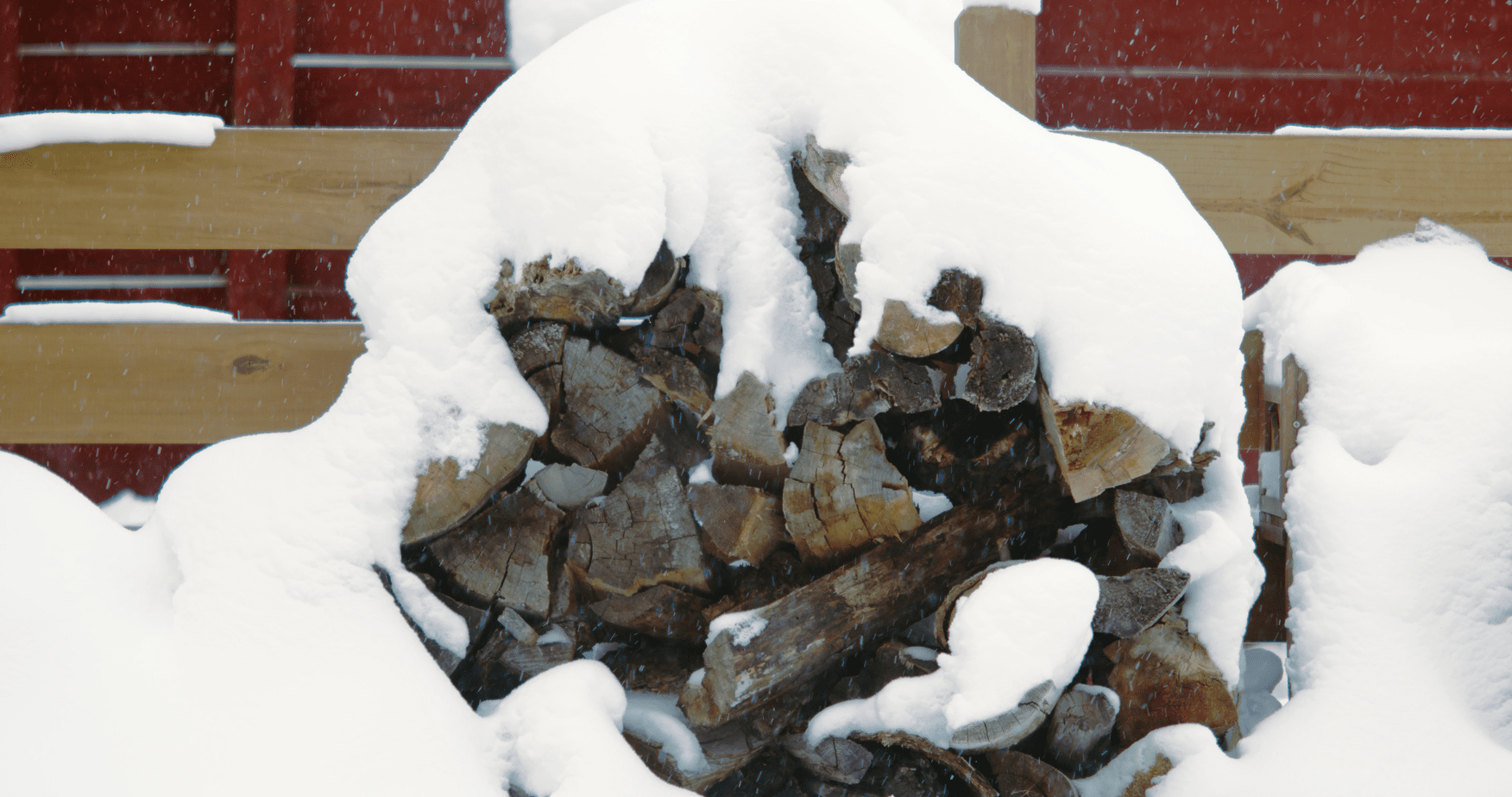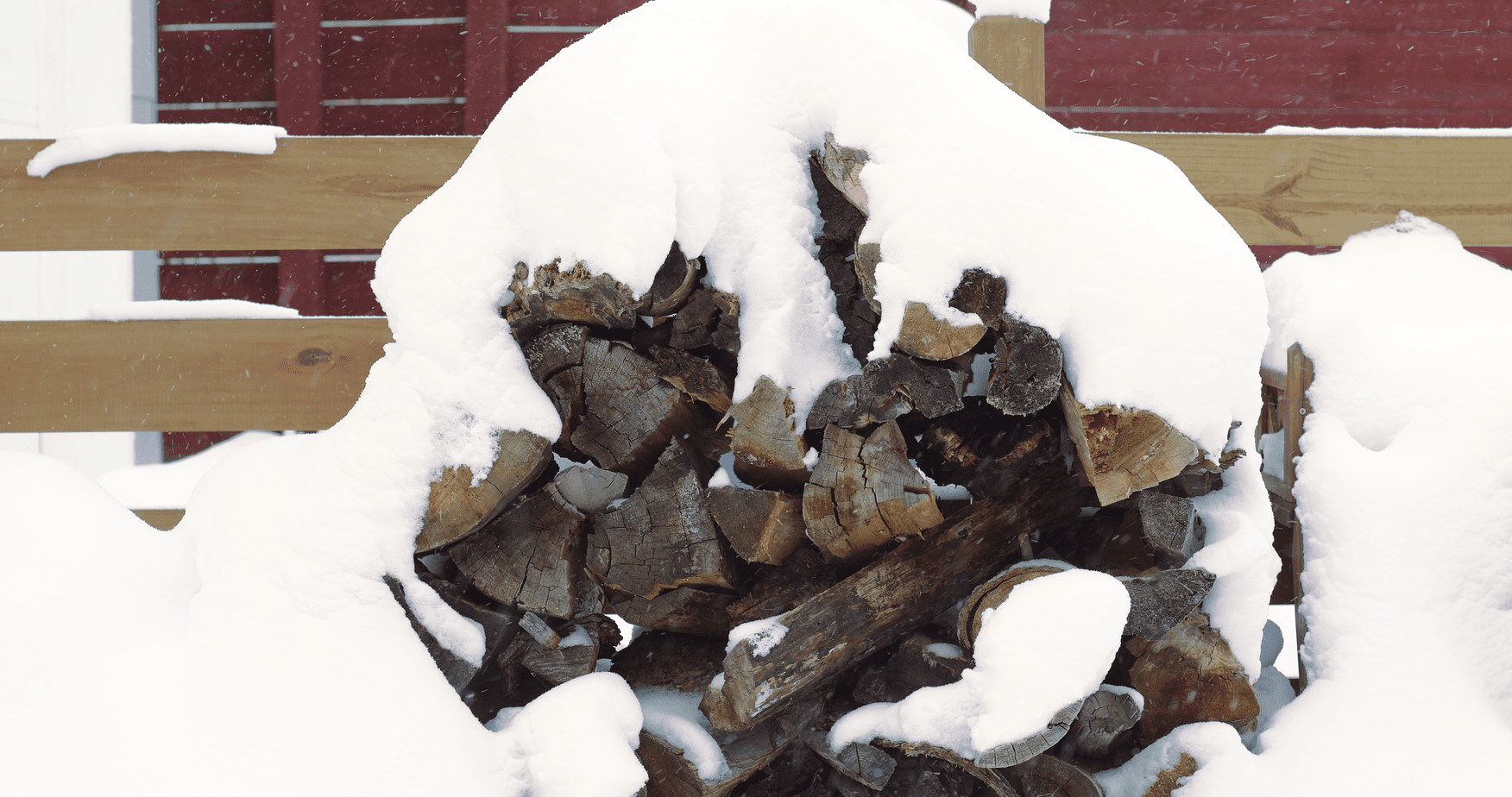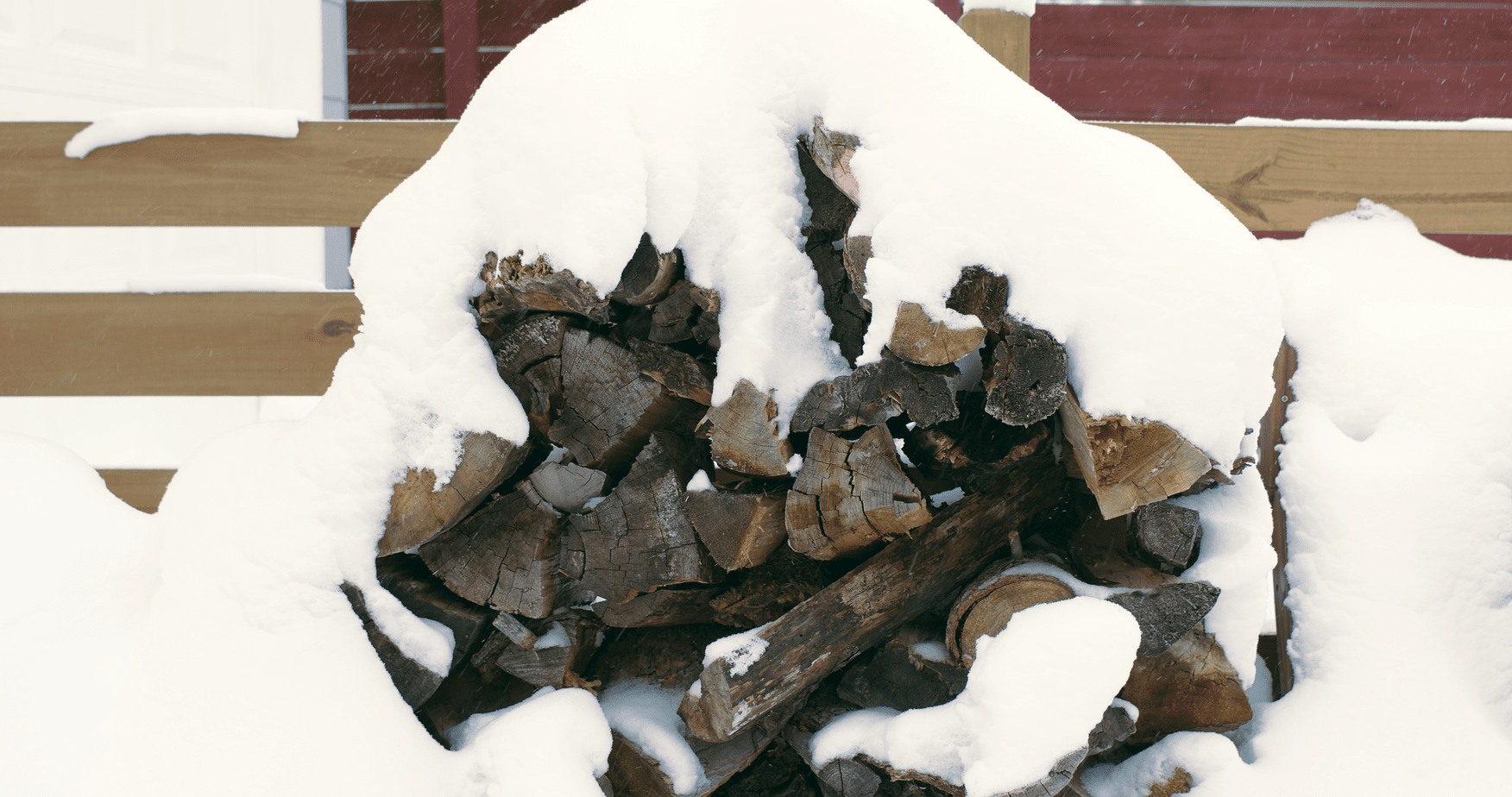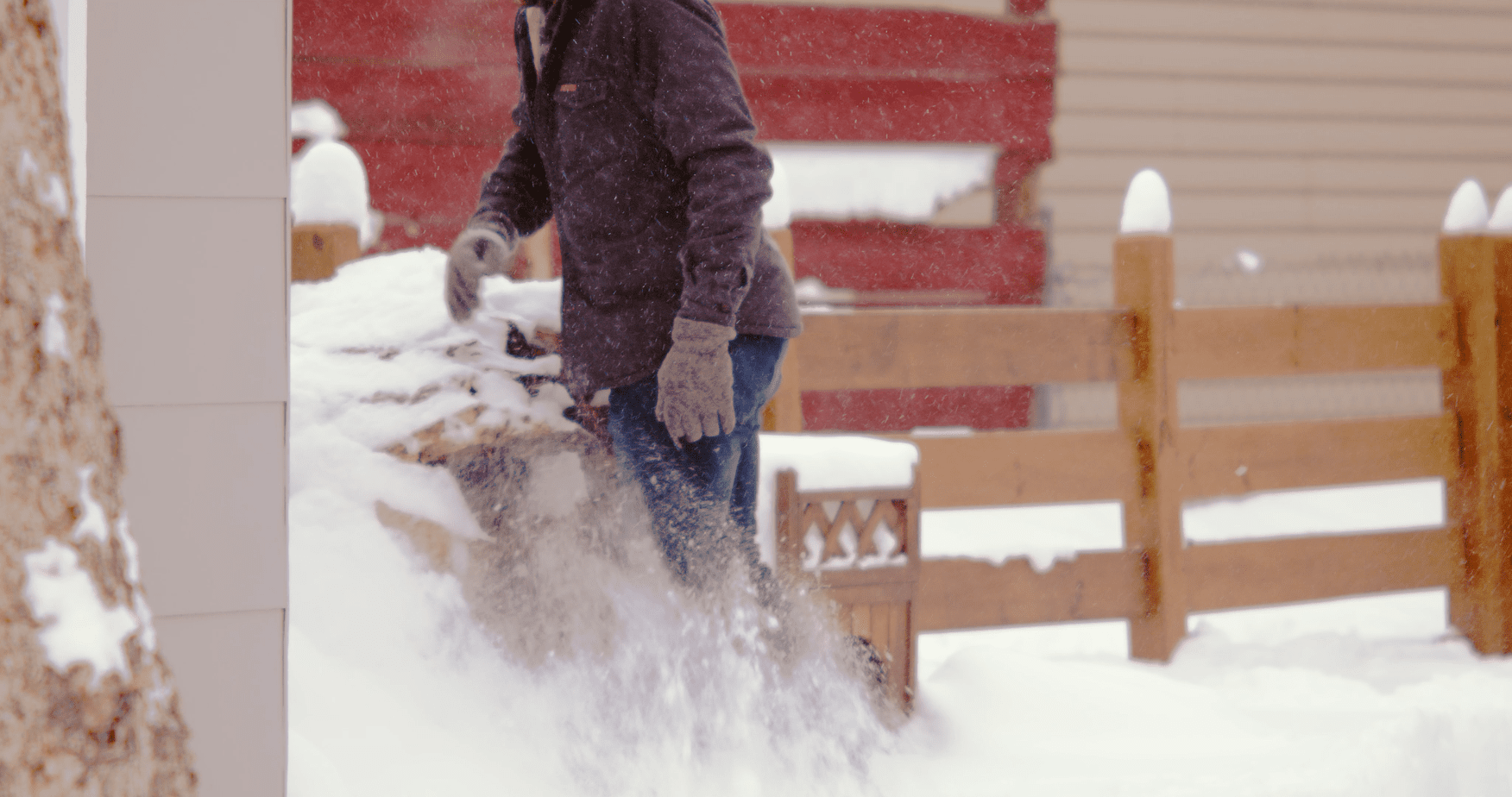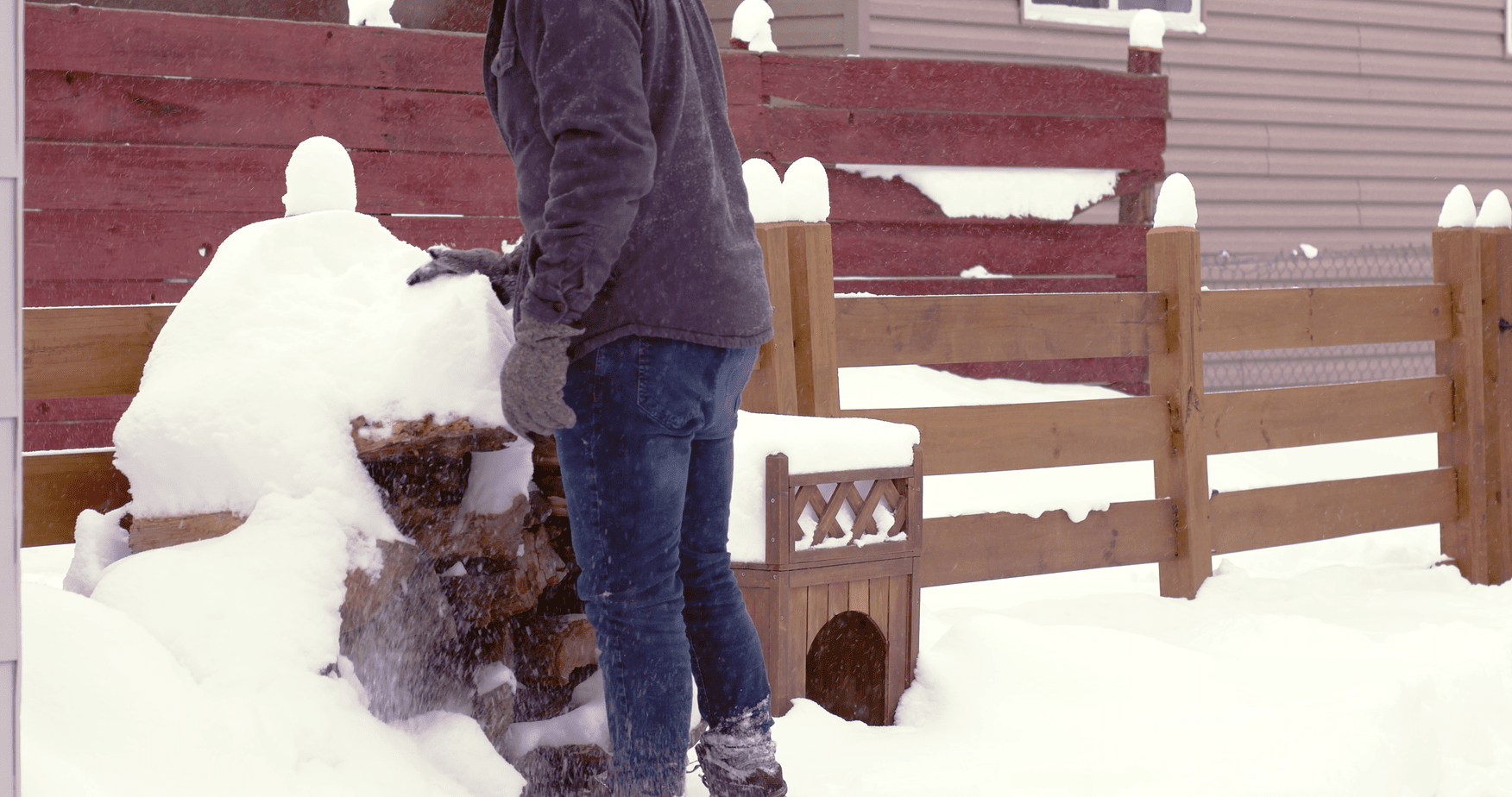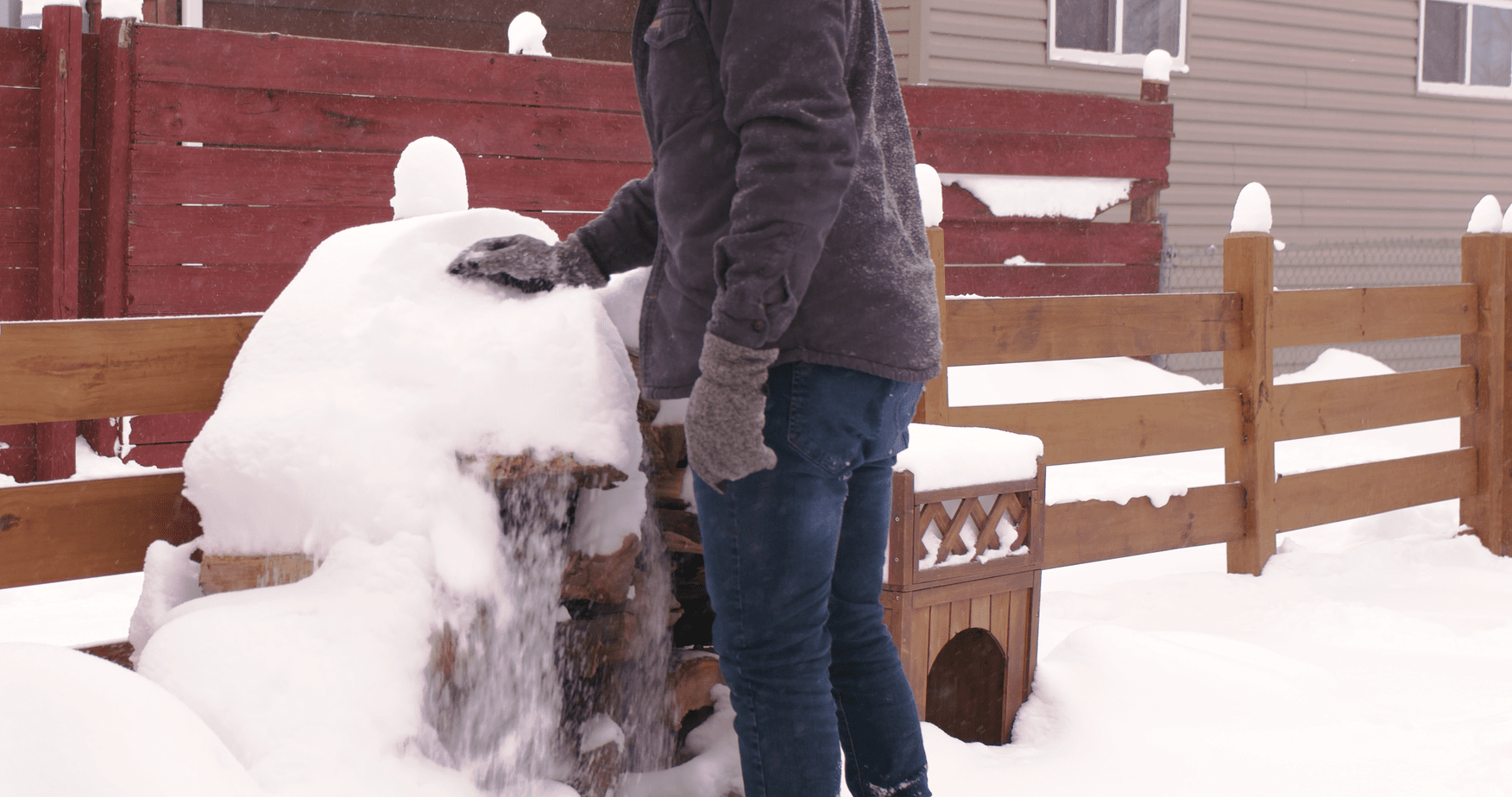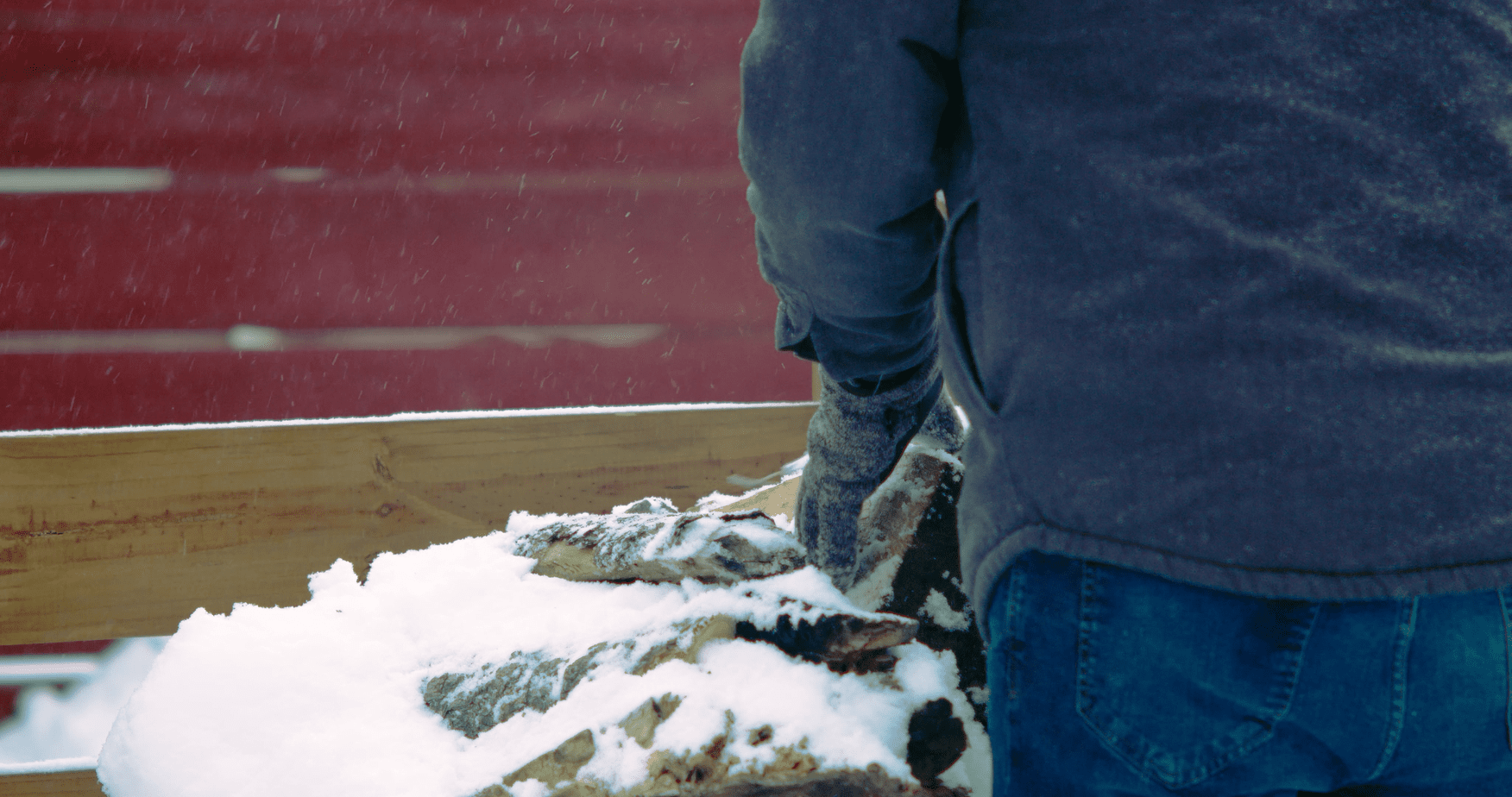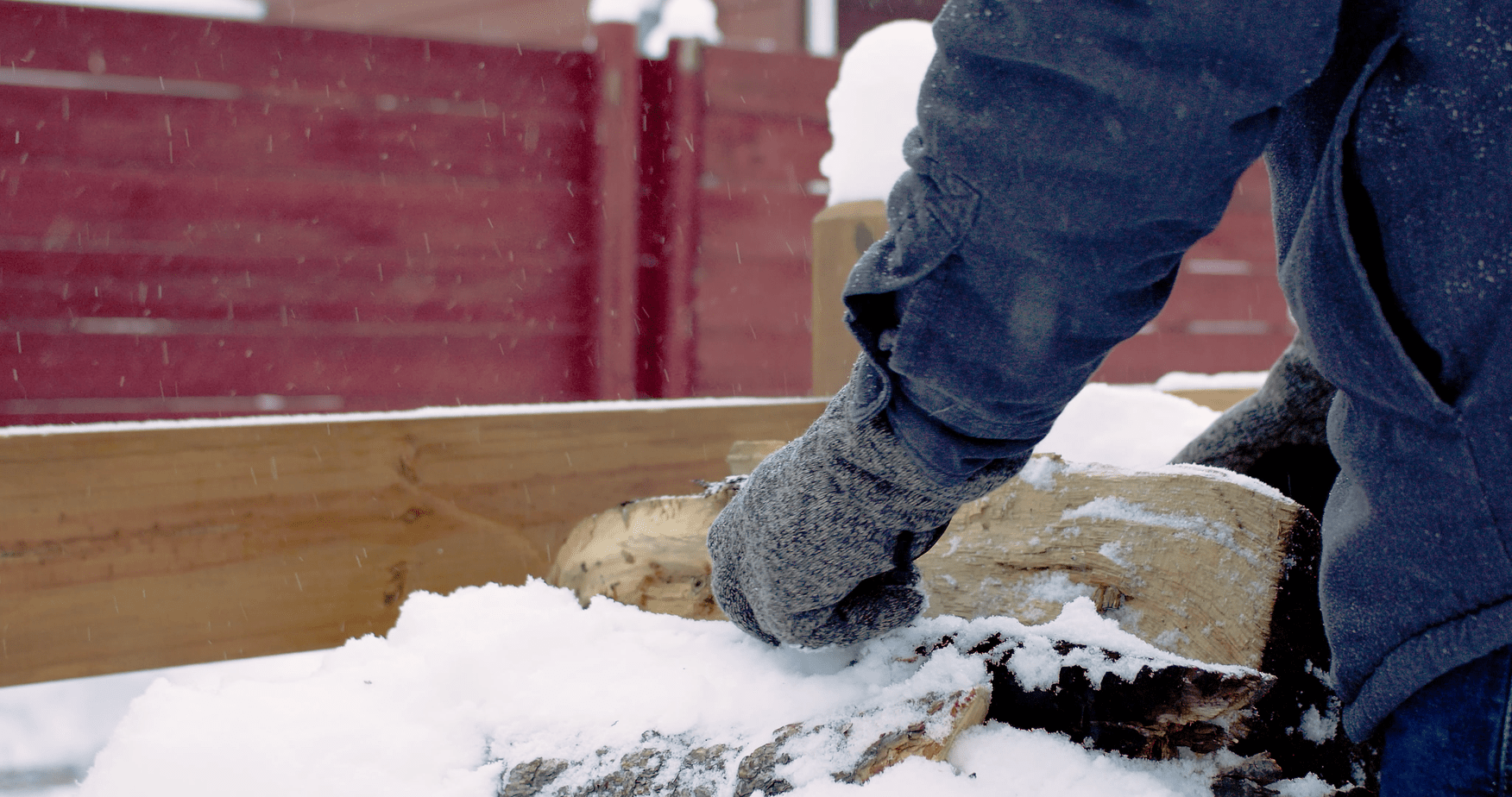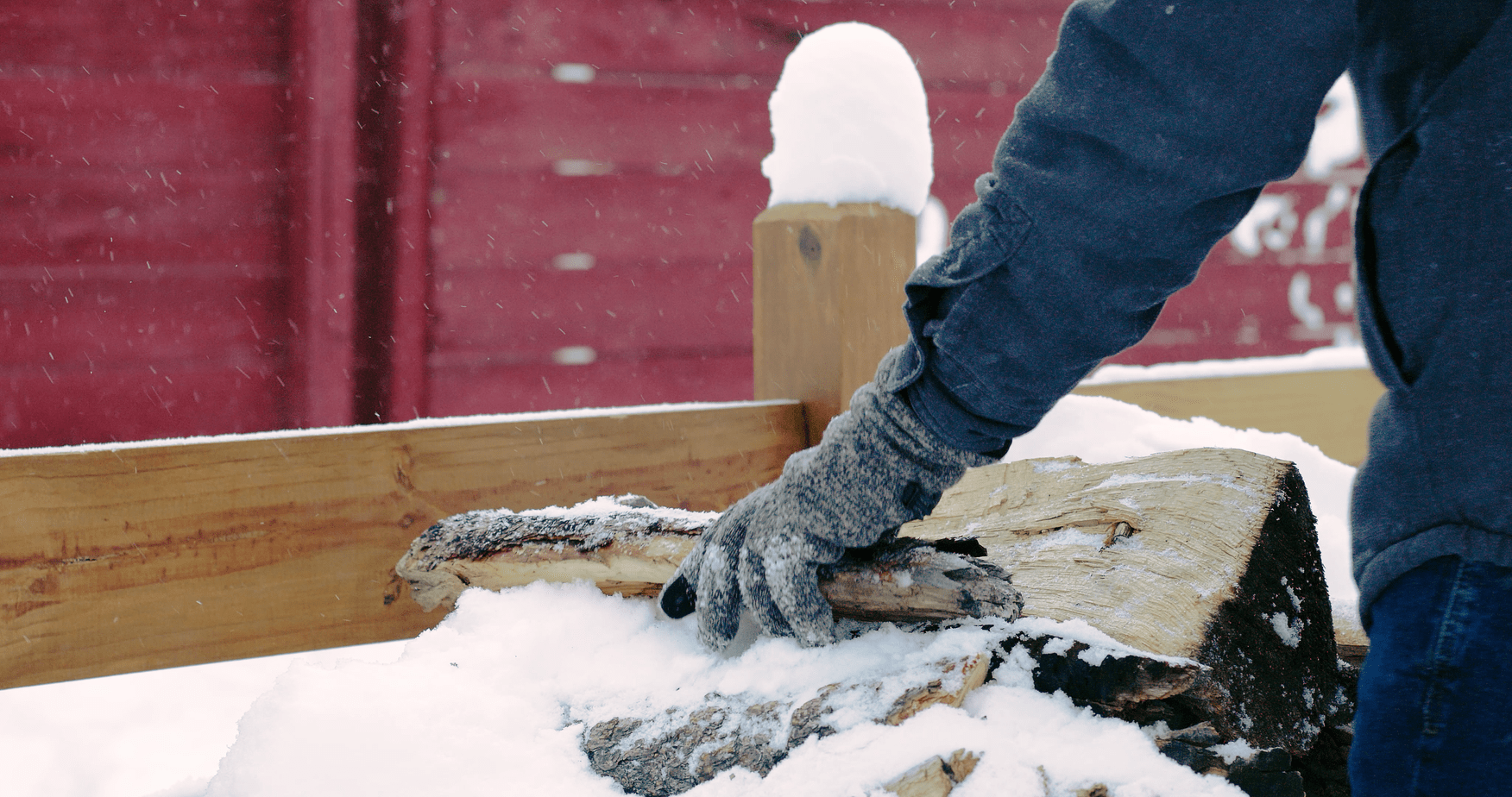The Truth about Focal Length Compression
An aspect of cinematography that has always intrigued me was focal length compression or the effect of shooting the same shot with different lens lengths. It was a topic I could quote others on but never fully understood myself so I finally decided to tackle it and see what I could find out.
It’s commonly said that longer lenses compress the objects in a photo, which is a misunderstanding I had. “Compression” is more accurately a product of the camera’s distance from the subject. Shooting with a wide-angle lens from the same position and cropping it to match the long lens will produce the same image albeit at a lower resolution and with a potentially different depth-of-field.
The appearance of a compressed or flatter image comes from the perspective distortion attributed to subject distance. Being closer to the subject makes it larger and the background smaller while being farther from the subjects makes it smaller and the background bigger. This is similar to holding a small object close to one’s face and its covering a larger object that is farther away. When the object is moved farther away, it appears smaller in proportion to its background.
This is called perspective distortion.
When shooting from a farther distance, the perspective distortion enlarges the background objects, creating the illusion of everything being on a closer plane or looking flat. This can even happen on the human face, bringing the ears more onto the level of the front of the face.
That flatness is why extremely long lenses have a bad reputation for portraiture. They can flatten the face to an unflattering extent. On the flip side, wide-angle lenses can make the ears look too small and pull the face rounder in a different unflattering distortion. In reality, it is not the lens but the distance from the subject that causes these distortions, the same ones seen with the human eye at different distances from a subject.
While it is true that a lens may have its optical distortions that affect the image, the basic perspective distortion effects commonly attributed to various focal lengths are actually caused by the camera-to-subject-distance. Perspective distortion is caused by the physics of light and how it reflects and bends over distance.
So Why Use Different Focal Lengths?
If the difference in the subject and background composition is made by distance rather than focal length, then why use different focal lengths? This is where the filmmaker can make a creative choice and determine what look suits the story. If one wants a close-up with the subject isolated before a large background, go with a long lens. On the other hand, if they want that same close-up with a diminished background then a short lens closer to the subject should be used.
Using a wide lens for a wide shot gives a broad view. However, it could also make the subject look smaller along with the background. This is a great way to take in the environment and give a more encompassing view. Using a long lens for the same shot would bring everything, subject, background, foreground closer. While this may require a great distance to compose, the shot can create a more immersive or cozy feel, placing the audience into the environment rather than looking into it.
Another difference in focal lengths when framing a similar image comes down to field of view, which is a property of the lens and can be affected by the sensor (or film) size. The field or angle of view will expand (wide lenses) or shrink (long lenses) the amount of the environment included in the image. The frame lines will effectively be shifted even if the subject is the same size within the frame on varying focal lengths.
Below is a test I shot comparing the same five shots using three different lenses. For the test I used a Nikkor 28mm f2.8 AI-S, a Nikkor 50mm f2 AI and a Vivitar 135mm f3.5 Preset Lens. All were on a Black Magic Pocket Cinema Camera 6k which has a Super-35 sized sensor.
Note: I did not correct for the differences in sharpness, color or contrast of each lens. The shots were matched by frame lines rather than subject size so some shots had to be cropped to compensate for the angle of view.
In the medium shot of the log stack, the perspective distortion is evident in the 28mm lens where the closer log ends appear bigger. They are almost pulled out adding depth to the log stack. Though the 28mm shrinks some of the background images, as can be seen in the far red fence posts, its angle of view brings in more of the background, as displayed by the building which does not appear at all in the 135mm shot. The fence becomes wider in the 135mm becoming the whole background.
The wider shot of the log stack brought in some interesting issues. I framed using the frame lines rather than subject size, which misaligned the framing when I cropped the sizes more closely in post. In theory, the 28mm should have had more of the building on the left. The 135mm introduced a totally new element despite its narrow field-of-view. The tree on the left was behind me when shooting on the 28mm and 50mm. When I backed up to frame the shot with the 135mm, the tree was now in the shot adding a new layer of interest and adding to the flattening effect.
The shift in perspective distortion seems to become more apparent on close-up shots, such as the above, where the elbow looks pretty big in the 50mm where it moved closer to the lens.
I found that, at least for me, perspective distortion was a more useful way to think about the concept of compression and distortion in images. It was also helpful to understand what is caused by the lens and what is caused by nature. It enabled me to be fully creative and use the right tool for the story I am telling.

